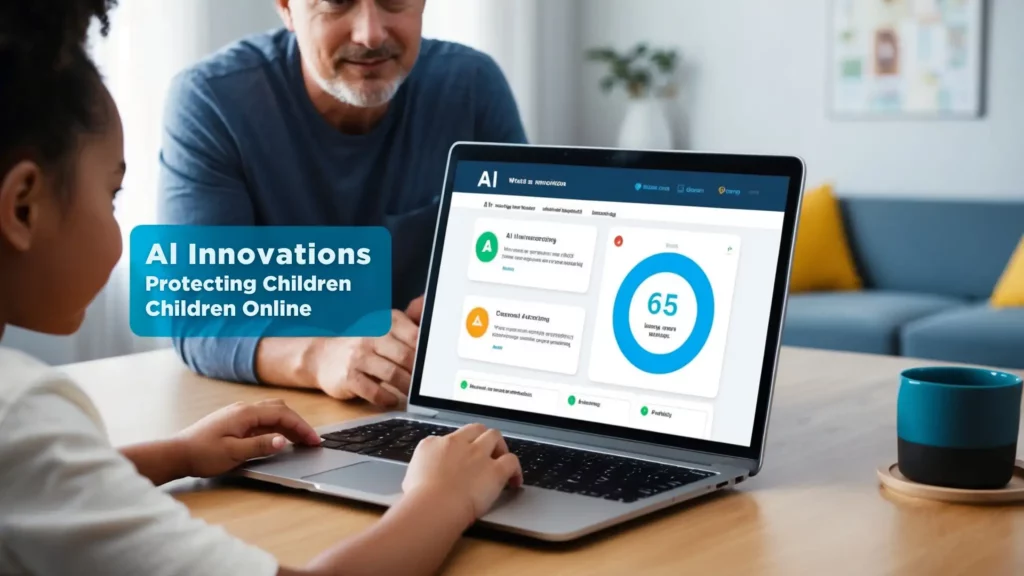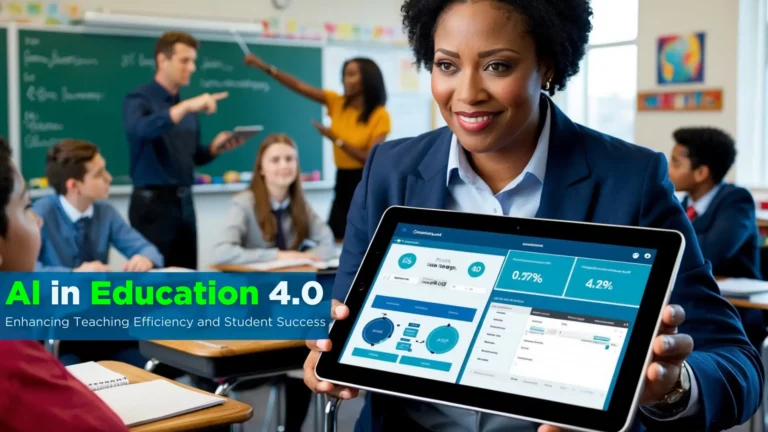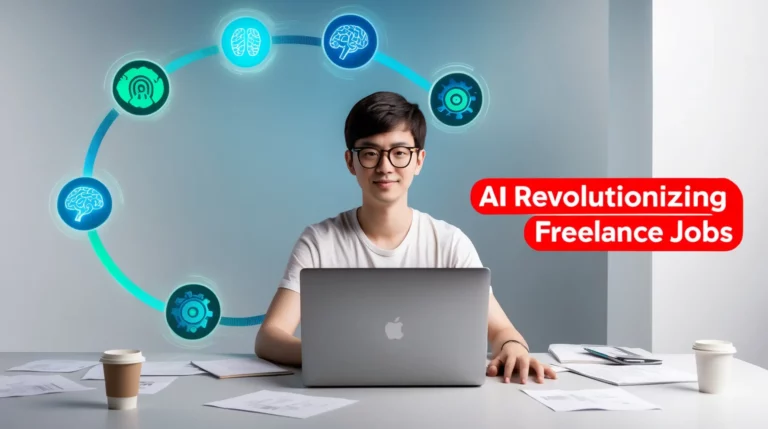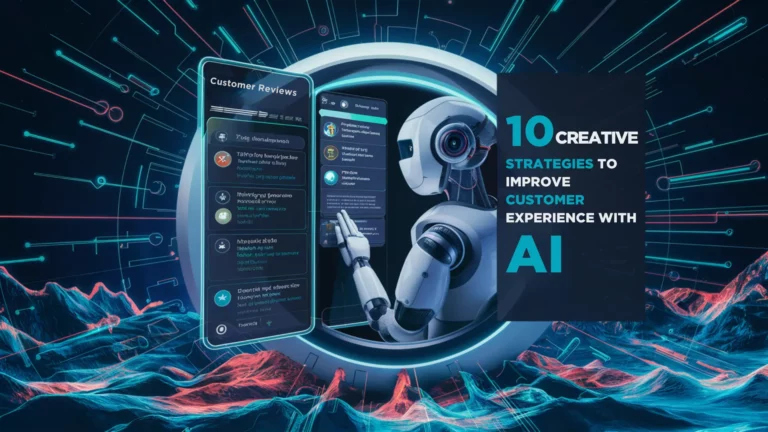Pilot Testing AI Policy Guidance for Children’s Safety

In a world where technology increasingly shapes our daily lives, the focus on AI policy guidance for children’s safety is more crucial than ever. Understanding the unique needs of children and how artificial intelligence can impact their well-being, UNICEF has been at the forefront of ensuring that AI policies prioritize the best interests of young minds.
Our audience supports Ahcrypto. When you click on the links on our site, we may earn an affiliate commission at no extra cost to you. Learn More.
Introduction
Artificial Intelligence (AI) has become an integral part of modern society, influencing everything from education to entertainment. However, the rise of AI brings a new set of challenges and risks, particularly for children. To address this, UNICEF has undertaken a significant initiative: pilot testing policy guidance for AI focused on children’s safety.
Key Takeaways from the Pilot Testing
- Comprehensive Policy Framework: UNICEF’s policy guidance provides a robust framework for integrating child rights into AI development and deployment.
- Stakeholder Collaboration: The initiative emphasizes the importance of collaboration among policymakers, tech companies, and educational institutions to create a safe digital environment for children.
- Focus on Ethical Standards: The guidelines encourage embedding ethical standards in AI systems to protect children’s privacy and promote well-being.
- Child-Centered Design: Policies aim to ensure that AI systems are designed with children’s specific needs and perspectives.
- Ongoing Evaluation: Continuous assessment and adaptation of AI policies are crucial for keeping up with rapidly evolving technologies.
The Role of the International Association of Privacy Professionals (IAPP)
The International Association of Privacy Professionals (IAPP) is instrumental in shaping global standards for data privacy, including those related to artificial intelligence (AI). Their expertise and resources can significantly contribute to protecting children online.
IAPP’s Contributions to Child Safety
The IAPP provides training and certification programs that help professionals understand and implement robust privacy practices. By focusing on the unique needs of children, these programs ensure that those developing and managing AI systems are well-equipped to safeguard young users.
Collaboration with UNICEF
Collaborating with organizations like UNICEF, the IAPP can help develop specialized guidelines that address the complexities of children’s online privacy. Such partnerships ensure that AI policies are both comprehensive and practical.
AI Policy Guidance for Children’s Safety and Protecting Children Online

Artificial intelligence (AI) offers innovative solutions for protecting children online. From content filtering to real-time monitoring, AI can help create safer digital environments for young users.
AI-Powered Content Filtering
AI algorithms can automatically detect and filter out inappropriate or harmful content, ensuring that children only access age-appropriate material. This proactive approach reduces the risk of exposure to dangerous or unsuitable online content.
Real-Time Monitoring and Alerts
AI systems can monitor online interactions in real-time, identifying potential threats such as cyberbullying or predatory behavior. These systems can then alert parents or guardians, enabling timely intervention and protection.
Comprehensive Policy Framework
UNICEF’s comprehensive policy framework serves as a blueprint for creating AI systems that are innovative and child-friendly. It stresses the need for stringent regulations to safeguard children’s rights in the digital age.
Stakeholder Collaboration
Bringing together various stakeholders—policymakers, tech companies, educators, parents, and children themselves—ensures that AI systems are designed with diverse perspectives in mind. This collaboration helps identify and mitigate potential risks more effectively.
Ethical Standards in AI Development
Embedding ethical standards in AI development is key to ensuring that these technologies serve the best interests of children. This includes prioritizing data privacy, transparency, and accountability in AI systems.
Child-Centered Design
A significant aspect of the guidance is its focus on child-centered design. By incorporating children’s unique psychological and developmental needs into AI design, the policies aim to create systems that not only protect but also foster their growth and learning.
Continuous Evaluation and Adaptation
As technology evolves, so must the policies and practices that govern it. Continuous evaluation and adaptation of AI systems and policies ensure that children’s safety remains a priority amidst emerging trends and challenges.
Conclusion
Safeguarding children in the digital age requires a concerted effort from all stakeholders involved. The International Association of Privacy Professionals (IAPP) plays a vital role in setting privacy standards, while AI technologies offer innovative solutions for protecting children online. By adopting a comprehensive approach that includes policy development, stakeholder collaboration, ethical standards, and continuous evaluation, we can create a safer digital environment for the next generation. For more information on how to protect children online using AI and to explore resources provided by the IAPP and UNICEF, visit their official website.
FAQs

Scott Evans
Hey there, I’m Scott Evans, your friendly guide at AhCrypto! I’m all about breaking down complex SaaS, AI, and tech topics into digestible insights. With me, you’re not just keeping up with the tech world; you’re staying ahead of the curve. Ready to dive into this exciting journey? Let’s get started!






